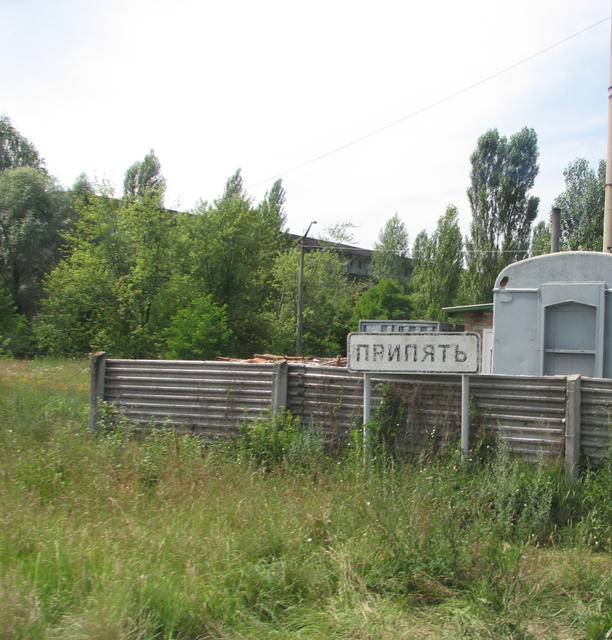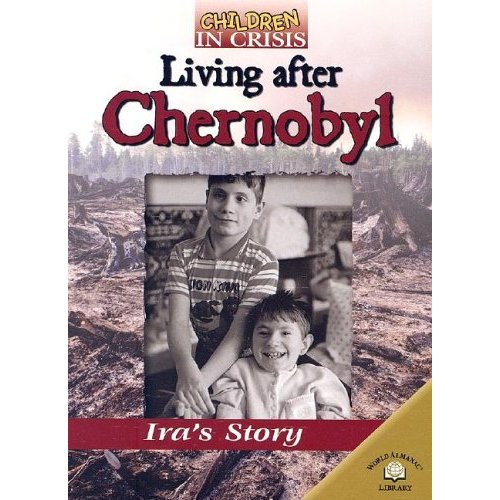My family and friends
My home
My biome
The problem
What can be done
Write to me!
My Biome
Although human radiation remains far too high for
human habitation, Chernobyl has actually become quite populated with flora and fauna. The complete absence
of human activity over the past two decades has allowed the flora and fauna
population to recover and actually florish. Chernobyl has become home to 66
different species of mammals, including, 7000 wild Boar, 600 Wolves, 3,000 Deer,
1,500 Beavers, 1,200 Fox, 15 Lynx and several thousand Elk. It is also the home
of 280 species of birds, many of which are endangered. Because Chernobyl is
located in the Tundra the fauna has adapted to the cold and short growing
season. Some of the plants that grow here are; moss, sedges and lichens. Few
trees grow in the Tundra, but the ones that do grow stay close to the ground so
they are insulated by the snow during the cold winters.

This is a picture of some grass and moss that have been growing near the reaction site.

This is a picture of swans on the left
and storks on the right


This is a picture of some grass and moss that have been growing near the reaction site.


The book tells Ira’s moving story – some of it in her own words and some told by her teachers and carers – interwoven with information about the Chernobyl accident and its health and environmental effects. It also describes some of the activities of CCP(UK) and other charities and suggests ways in which readers might give their support.
It is primarily aimed at school children of 10 – 13 years, and we hope that all our groups will help to promote it in their local schools. But it makes a good read for anyone who is interested in getting a better picture of life in Belarus in the wake of Chernobyl.